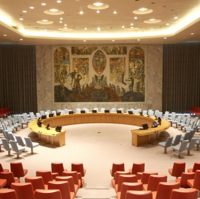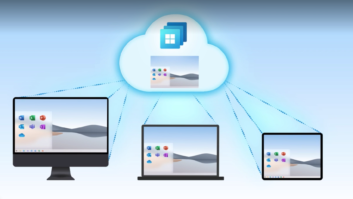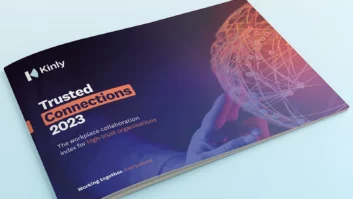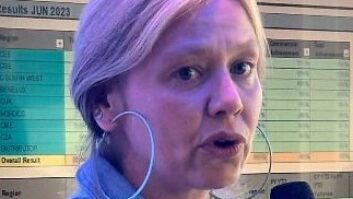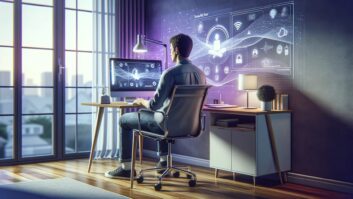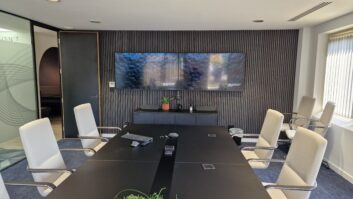 As offices around the world begin to reopen, there is still much to learn about how we will work going forward. Driven by employee demands, more people than ever will continue to work remotely at least part of the time, splitting time between the office and home. The benefits of this work style are clear, from better work-life balance to cutting down on travel, reducing our carbon footprint. There is much discussion of how to build a happy and productive workforce that fluidly moves between office and remote work and businesses need to ensure there’s a strategy in place to effectively operate under this hybrid model.
As offices around the world begin to reopen, there is still much to learn about how we will work going forward. Driven by employee demands, more people than ever will continue to work remotely at least part of the time, splitting time between the office and home. The benefits of this work style are clear, from better work-life balance to cutting down on travel, reducing our carbon footprint. There is much discussion of how to build a happy and productive workforce that fluidly moves between office and remote work and businesses need to ensure there’s a strategy in place to effectively operate under this hybrid model.
Flexible working has transformed how geo-located teams communicate. We are seeing businesses exploring more technology in the workplace for any number of purposes, but a key one to connect colleagues is video conferencing in the office and remotely. Businesses are adding more flexible working spaces with video-equipped huddle spaces and conference areas, supporting relationships across a flexible working team and bringing benefits to both business and employees.
INVESTMENT SOLUTIONS
Businesses must invest in video conferencing solutions that bridge the relationships between those in the office and at home. This technology has the capacity to drive greater collaboration and encourage creativity, such as with capabilities that can individually display people in a conference room on a person’s home computer screen. From this, those dialling-in can better understand their team’s non-verbal communication and feel more a part of the conversation.
There’s less need for large summits now that most conversations happen by hopping on Zoom, Microsoft Teams or so on, allowing anyone to speak up more easily. But recent findings revealed equity in the workplace remains unbalanced, with 46% of women feeling less valued than men. This could get worse with more people remote working permanently in the coming months.
We’re now witnessing the power of employability in the hands of the employee, courageously making big career moves or seeking a fulfilling workplace that prioritises staff wellbeing. Reports show the “Great Resignation” is now a global phenomenon, with professionals from US, UK, Japan and more open to a new role.
SUPPORT MODELS
Opening streams of communication isn’t the only thing the technology should be doing, with 91% of businesses implementing new wellbeing support models. Decision makers should look to their existing technology solutions to support these efforts, such as video conferencing tools that can monitor air quality and environmental factors in meeting rooms. Given the new world we work in, employers must ensure they are providing a comfortable environment for their employees.
To secure and keep the right talent in a lucrative job market and following our experiences of the pandemic, managers should prioritise the wellbeing of its staff above all else. The strategy implemented should consider all workers, office-based and remote. It’s also the team leader’s responsibility to ensure everyone has a voice. Leadership needs to lead by example and make all communications ‘virtual first’ using video and chat, to ensure there is no difference between those in the office and those remote.
Another strategy is reducing the amount and length of formal meetings. One bad habit we have all inherited from the pandemic is too many meetings. By introducing 50-minute smart meetings to allow time for people to stand up and get moving between calls and limiting the number of formal meetings in favour of ad-hoc or as-needed video calls, employees have more desk time to get prepared for the important calls or simply to provide them with more headspace.
Check out our report on the ISE Smart Workplace Summit here. Our wellbeing roundtable is here.

